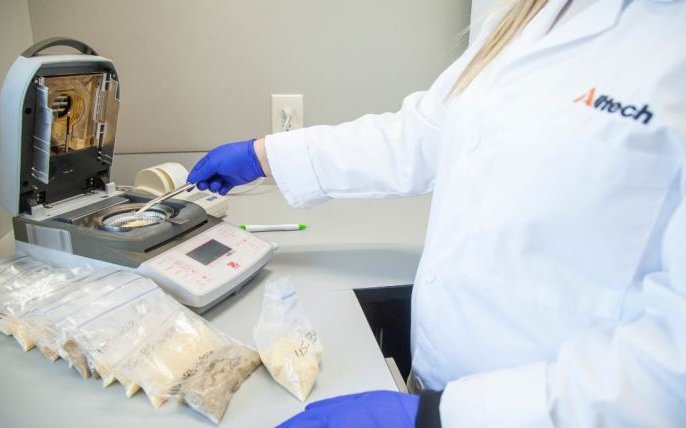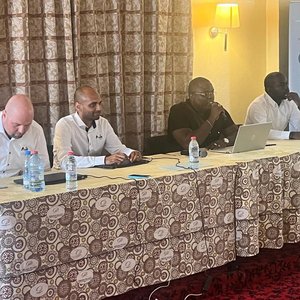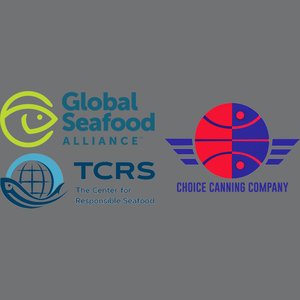One of Alltech’s mycotoxin research papers has been recognized by Toxins, a prestigious international research journal, as one of three winners of their 2022 Best Paper Awards. The paper, Co-Occurrence of 35 Mycotoxins: A Seven-Year Survey of Corn Grain and Corn Silage in the United States, was written by Alltech Mycotoxin Management team members Alexandra Weaver, global technical support; Nick Adams, global director; and Alex Yiannikouris, research group director; along with an independent researcher Daniel Weaver.
Alltech’s winning paper describes how mycotoxins contaminate corn grain and silage in the United States with frequent co-occurrence of fusaric acid with deoxynivalenol, fusaric acid with 15-acetyl-deoxynivalenol, and fusaric acid with fumonisin B1, highlighting the importance of assessing multiple mycotoxins, including emerging mycotoxins and mycotoxin metabolites, when developing risk management programs.
To assess the multiple mycotoxin profile of corn, Alltech conducted a seven-year survey of new crop corn grain and silage in the United States. A total of 711 grain and 1117 silage samples were collected between 2013 and 2019 and analyzed for the simultaneous presence of 35 mycotoxins using ultraperformance liquid chromatography–tandem mass spectrometry at the Alltech 37+ Analytical Laboratory.
The study showed that multiple mycotoxins were often present in both corn grain and corn silage in the U.S. In fact, 90.2% of grain and 96.5% of silage samples contained at least two types of mycotoxins. Fusaric acid was the most frequently detected mycotoxin in 78.1% and 93.8% of grains and silages, respectively, followed by deoxynivalenol in 75.7% and 88.2% of samples. The greatest co-occurrence was between fusaric acid and deoxynivalenol in 59.1% of grains and 82.7% of silages, followed by fusaric acid and fumonisin B1, deoxynivalenol with 15-acetyl-deoxynivalenol, and fusaric acid with 15-acetyl-deoxynivalenol.
The research also discovered that some of the more frequent mycotoxins they found were ones that may not be routinely analyzed by many programs, such as fusaric acid and deoxynivalenol, underscoring the importance of testing for multiple mycotoxins when developing management programs.
“Being selected for this award shows the interest in and importance of testing for multiple mycotoxins,” said Alexandra Weaver. “When we better understand the full mycotoxin profile of a feedstuff or ration, more informed decisions on mycotoxin management can be made.”










